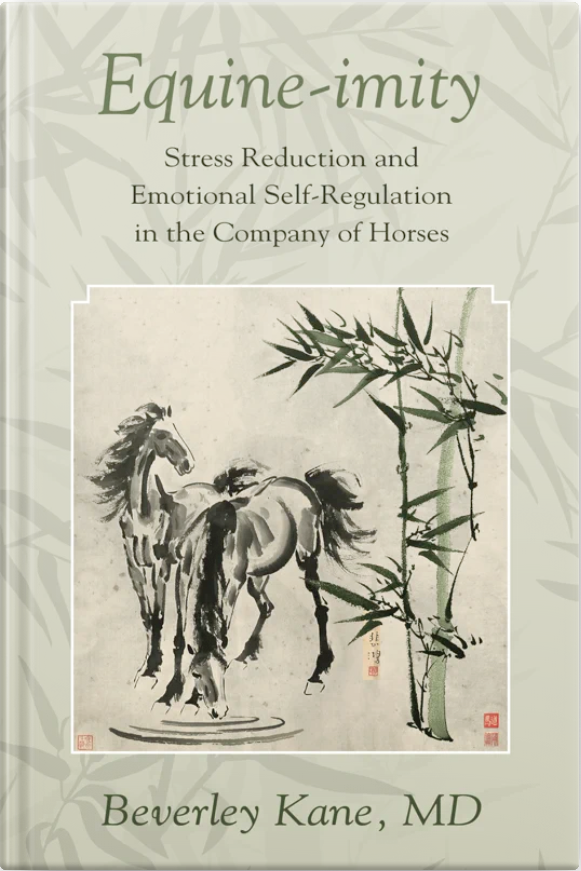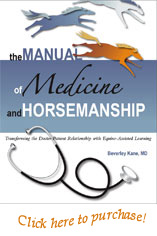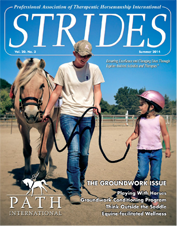Horsensei Books And Articles
MANUAL OF SOMATIC HORSEMANSHIP
An Instructor's Guide to Equine-imity—Qigong, Tai Chi, and Yoga in the Company of Horses
This downloadable PDF manual enables equine-assisted learning and therapy professionals, riding instructors, horse trainers/whisperers, and professional or amateur equestrians to conduct Equine-imity with clients, patients, students, family, and friends. Based on our four-week class in the Stanford Healthy Living Program, now in its 12th year, Equine-imity teaches mindfulness meditation with qigong, a tai chi-like practice, to decrease stress and increase emotional satisfaction with, and optionally on, horses. No previous horse experience needed.
The Manual can be used as a stand-alone teaching tool or as a companion to Equine-imity—Stress Reduction and Emotional Self-Regulation in the Company of Horses in the listing below.
Download the Manual of Somatic Horsemanship and the Equine-imity e-book bundle on Etsy and get a 20% discount.
Download the Manual of Somatic Horsemanship PDF and the Equine-imity e-book bundle on Etsy and get a 20% discount.
PATH, International STRIDES Vol. 20, No. 3 (2014)
Somatic Horsemanship—An Equine-Facilitated Wellness Program
Projection—The Magic Mirror
Projection is a monograph excerpted from The Manual of Medicine and Horsemanship. It discusses projection, introjection, re-collection, transference, and counter-transference in the therapeutic relationship.
Mythology of Horses was submitted as Dr. Kane's dissertation for certification with the Marin Institute for Projective Dreamwork. It discusses horses in myths and dreams.
The Parapsychology of the Horse-Human Relationship
The Parapsychology of the Horse-Human Relationship is a 4.2 MB PowerPoint presentation that was delivered at the 2010 and 2011 Equine-Guided Education Association annual conferences in Valley Ford, CA. It defines and describes gold-standard Western medical research and research in parapsychology. It discusses the relevance of parapsychology and consciousness studies to equine-assisted learning and therapy. The content was revised for Window 2012. View in both Slide Show mode and Normal View for full content.
Symptom and Significance
Symptom and Significance is an essay on psychosomatic (mind-body) medicine and healing. It describes the symbolic aspects of health and illness and gives practical tips for playing with the body's metaphors in the service of creating wholeness and wellness.



